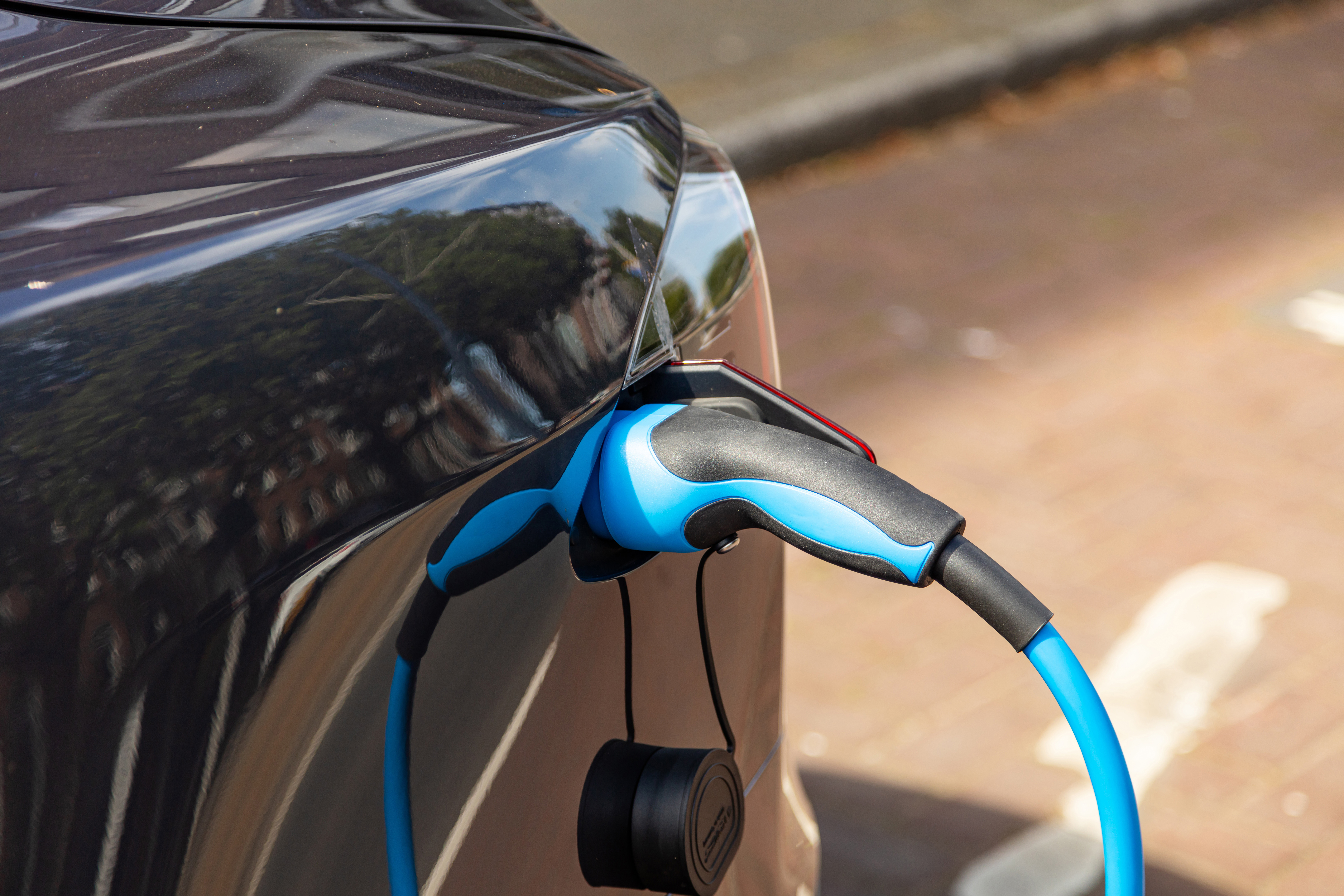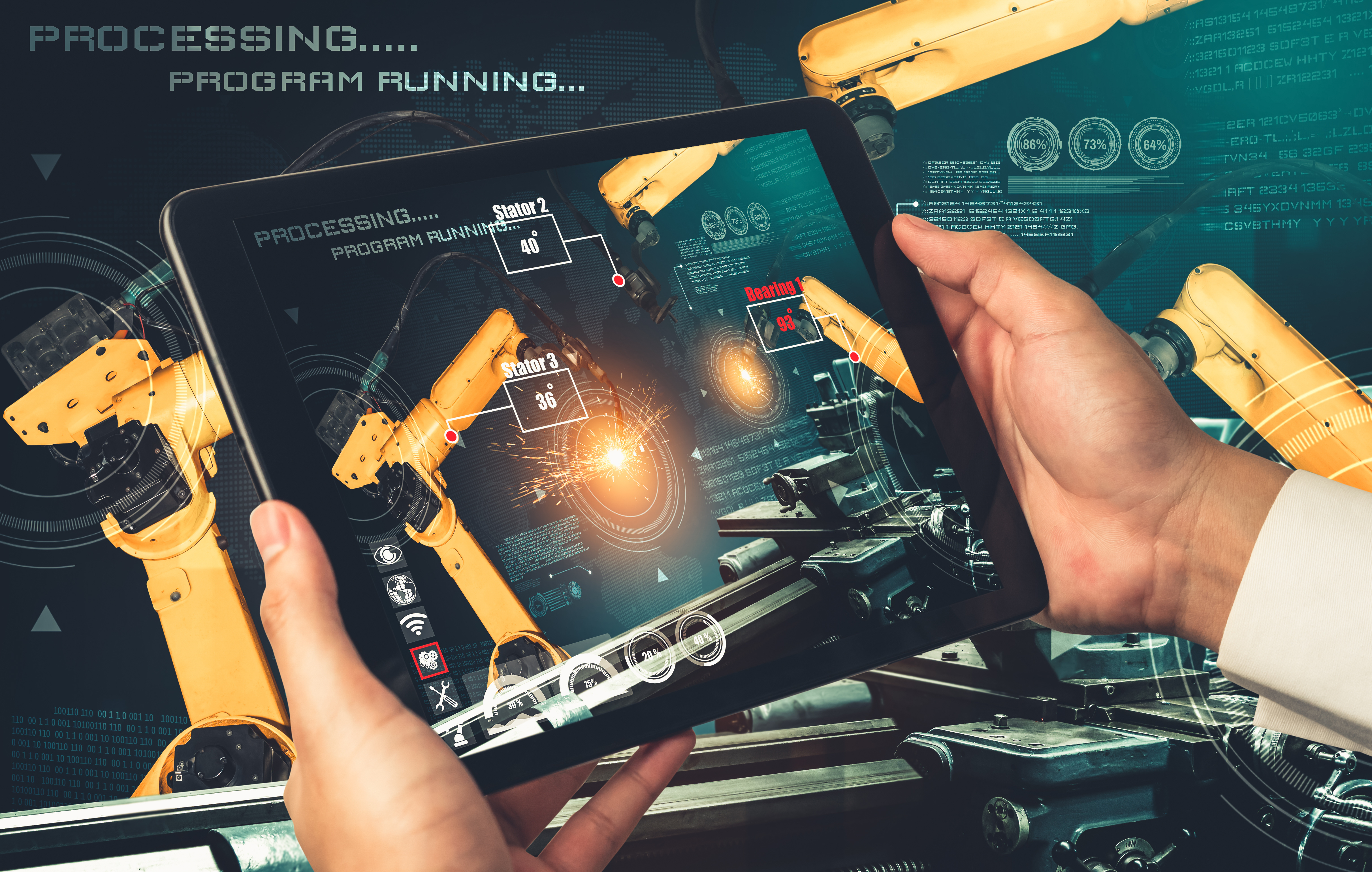Smart Charging Pile
MCU is a crucial technology in electric vehicle charging to realize intelligent charging management. By deploying MCUs on charging stations and charging piles, it is possible to monitor and control the charging process. The MCU can read the information of the electric vehicle, adjust the charging power, and reasonably use the peak and valley electricity prices, thereby realizing an efficient and energy-saving charging process.
Through these intelligent control modules, cities can achieve multiple functions, such as smart lighting, interactive signage, and electric vehicle charging, promoting sustainable development and modernization. The application of MCU will bring more possibilities for realizing smart cities and provide citizens with a more convenient and comfortable living environment.
| Applicable Development Platforms | |
|---|---|
|
NuMaker-HMI-MA35D1-S1 |
Real-time recognition Example: License plate recognition system The camera captures the vehicle approaching the charging station. |
|
NuMaker-HMI-M467 NuMaker-IoT-M467 |
Anomaly detection Example: Temperature and current monitoring Use sensors to monitor the temperature and current of the charging station in real-time. |
| NuMaker-M55M1 |
1. Sensor fusion Use the M55M1's multi-channel analog-to-digital converter and digital interface to fuse data from multiple sensors, such as temperature, current, voltage, and humidity, for precise charging control and monitoring.
2. Anomaly detection Use the M55M1 development board's high-speed processing capability and machine learning functions to analyze data from the charging process in real-time and promptly detect any anomalies, such as overvoltage, overcurrent, or abnormal temperature.
3. Real-time recognition Use the M55M1's high-performance processor and built-in NPU to achieve real-time recognition of vehicles and users, such as license plate recognition or user authentication. |






